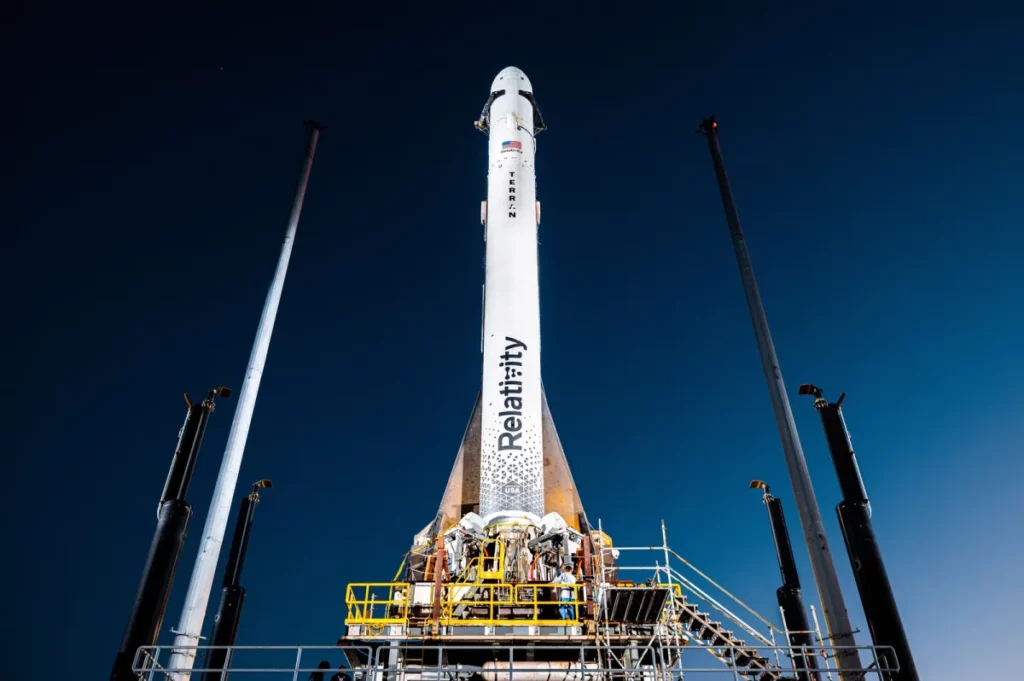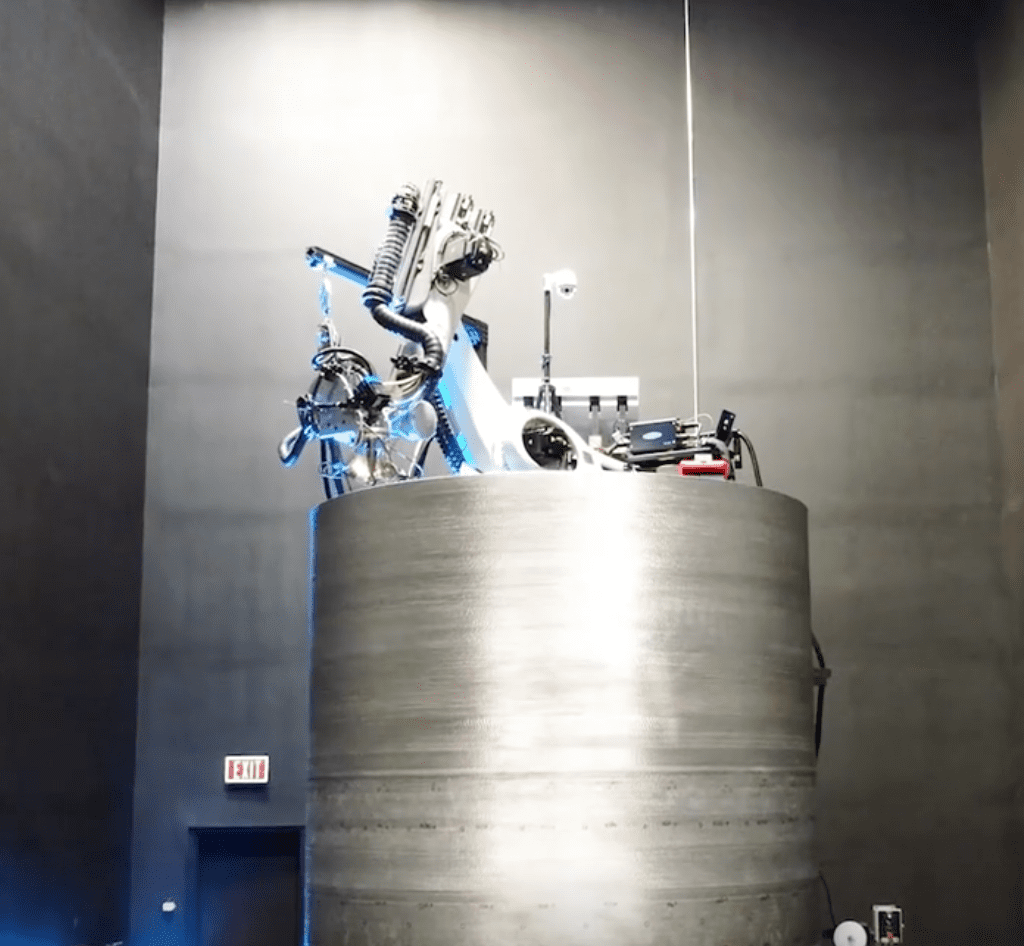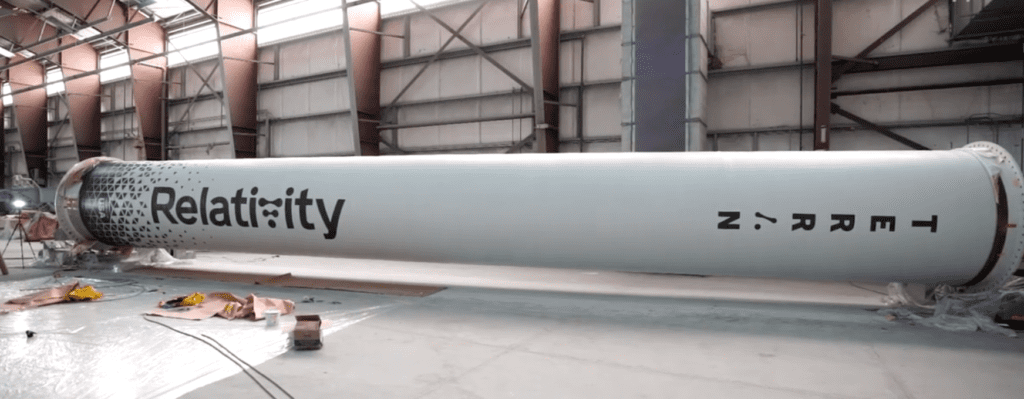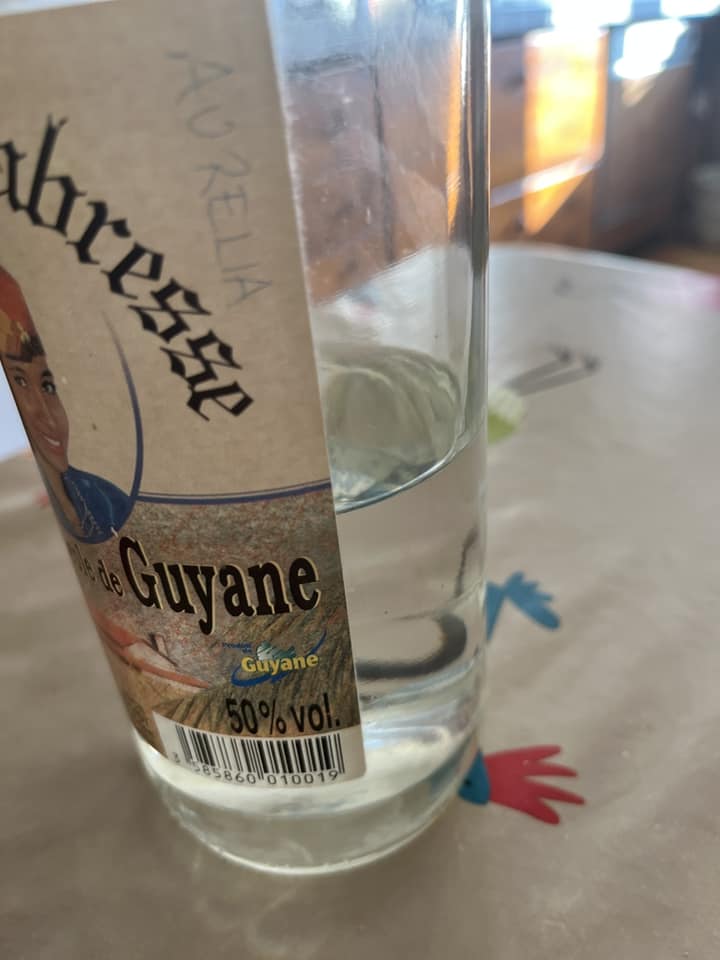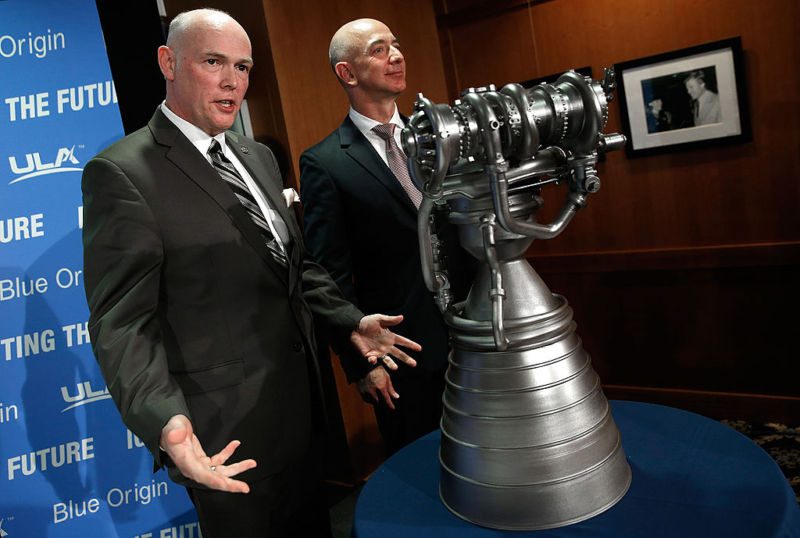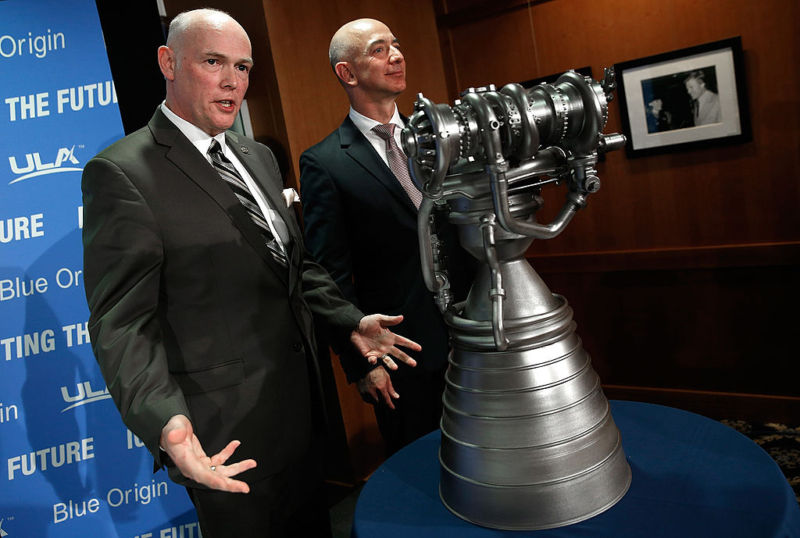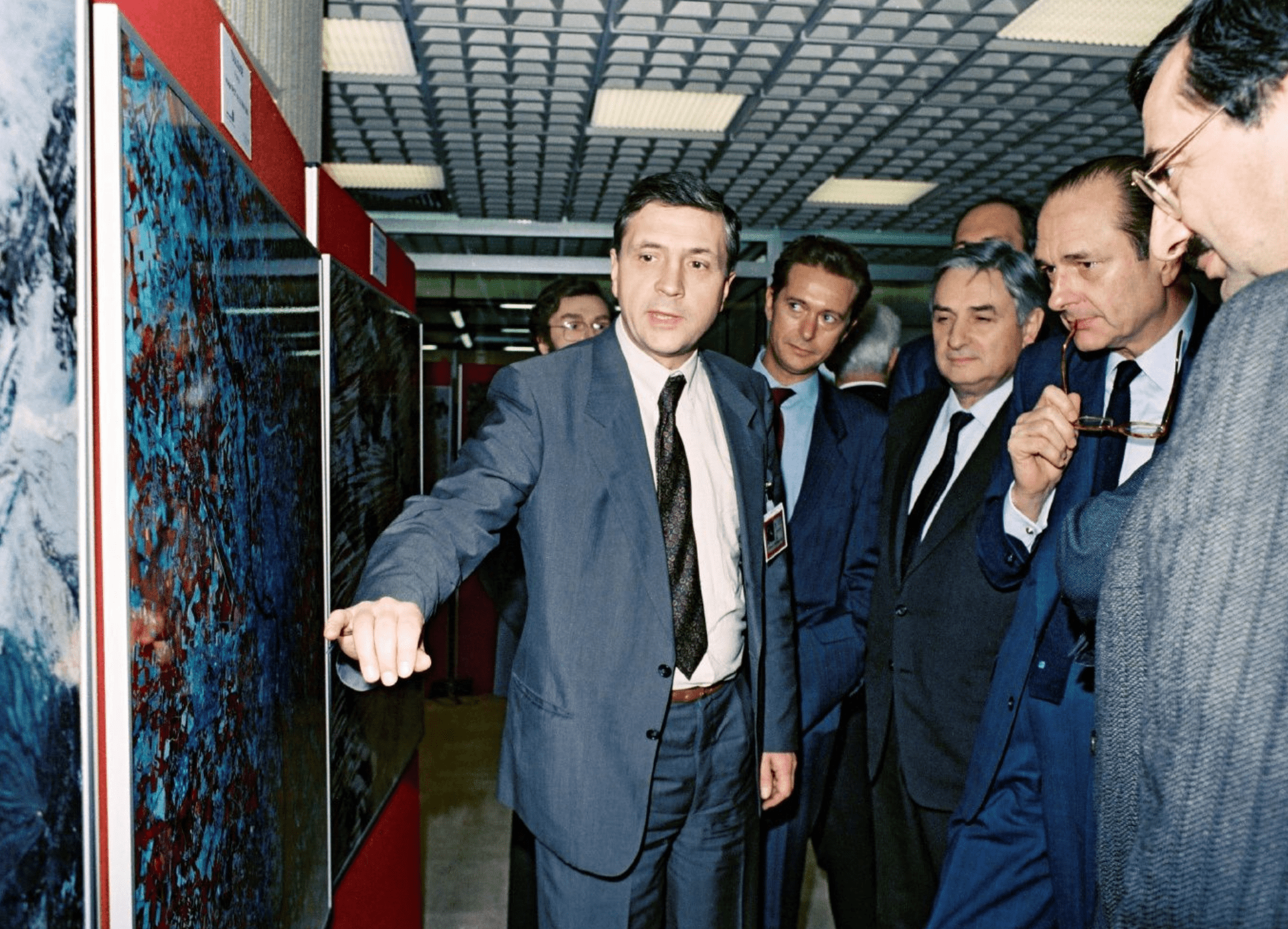The cycle is supposed to help people determine not just the amount of hype surrounding a technology but also make a better guess at where it is in the cycle. According to Gartner, the company uses the method to analyze 95 different cycles. However, Gartner also notes that it takes companies between three to five years for a technology to move through those stages (and then caveats that the speed could vary).
Gartner heavily promotes its tool, but the cycle’s defined stages remain extremely useful in visualizing the hype surrounding space startups. As it is, space industry observers likely recognize the first two stages of Gartner’s Hype Cycle from numerous space industry startup claims: the Innovation Trigger and The Peak of Inflated Expectations.
Stage 1
The « innovation trigger » describes when a new technology’s concept or demonstration shows the potential to be useful (Is it solving a problem?).
However, there might not be an apparent commercial application. It may be that the technology isn’t solving a problem. Still, the mere concept gets people excited enough to spread the word. Several space industry startups have hyped innovation triggers often.
Some offer only pretty renderings and appealing ideas. They introduce immature technologies and concepts, such as Moon bases and orbiting solar power stations. All have a common element—they are not real.
Is it possible for them to become a reality? Yes, but startups would require much more effort, investment, and time (typically more than startups have access to) to make them real. It is all a part of the hype cycle’s first stage.
Alternatively, Stoke Space is a recent startup in the first stage of the hype cycle. The company is developing a concept, innovative rocket engine configurations, as an approach to creating a fully reusable launch system. The concept’s promise, demonstration, and goal are appealing enough to excite people, but it is squarely in the innovation trigger stage.
Asteroid mining companies, such as Deep Space Industries and Planetary Resources, are startups that never moved beyond the innovation trigger stage of the cycle.
Stage 2
That next stage, the peak of inflated expectations, is when the startup’s technology attracts attention and starts receiving investments for experimentation. Believe it or not, SpaceX’s Falcon 9 may still fall under this stage.
The rocket is a proven platform that can launch spacecraft into orbit and beyond, but the Falcon 9’s reusability attracts attention. It increases exceptional hype around the company as the still unusual characteristic of reusability draws increasing attention, investor interest, and more customers.
However, despite the company’s reusability successes, few existing rocket companies seem to see (or at least publicly admit) how a reusable rocket makes sense for them.
Stage 3
The cycle’s third stage, the trough of disillusionment, results from unmet inflated expectations and unforeseen challenges. Perhaps it turns out there are problems with the technology or concept. Alternatively, the space startup developing the concept may be losing money and discovering unanticipated challenges. Finally, it may be that the concept offers no solution for the target market—it is unneeded.
If any of those descriptions sound familiar, it may be because Virgin Galactic appears to be wallowing in the trough. It validated its innovation trigger, the suborbital spaceplane concept, and technology. Following that stage was the company’s buildup to a peak of inflated expectations.
According to Virgin Galactic, there was a market for quick suborbital rides—after all, a certain number of people put money down to get a ticket to ride. If more people ride to space, their example will excite others into doing the same.
Nevertheless, after the first passenger ride Virgin Galactic paused its operations, and the factors leading to the trough of disillusionment set in. Investors lost money. The company is facing supply chain problems and safety challenges for its spaceplanes. A year and a half after its only passenger launch, the general excitement and hype for Virgin Galactic’s spaceplanes are fading. However, that does not mean the company is beyond redemption.
Reaction Engines, Ltd., is another older example of a startup in the disillusionment stage. It received a lot of press and funding for demonstrating a technology that might be able to provide space launch without the use of rocket engines. However, after over a decade, the company has yet to prove that its product can be commercially viable. While it might find its way out, Reaction Engines’ hype cycle is taking much longer than other startups.
Stage 4
It may be that Virgin Galactic powers through to the hype cycle’s fourth stage, the slope of enlightenment. A startup or several startups have identified the need for the technology or concept at this stage.
Perhaps a market can use it—just not the one initially identified. With the first generation left in the trough, a broader customer base might adopt newer, more reliable generations of technology.
The concept of low-Earth orbit (LEO) broadband satellites may be in that zone. It was never a question of whether it would be helpful. The question was whether it could make a profit, a valid concern considering the faltering decades-long history and the initial hype about how it would serve people in other nations without broadband access.
At least two companies are fielding these communications constellations, both working on newer generations of their satellites. One of those companies, SpaceX, appeared surprised that its satellites work for an application it never intended and disapproved of that use.
The surprise may be feigned, but using technology for an application other than the one the company intended is an age-old business conundrum. It is a circumstance that disapproving companies would do well to accept, move on, and learn. That attitude might help them reach the fifth stage: the plateau of productivity.
Stage 5 (and other notes)
The plateau is just what it says—the technology is practical enough to gain widespread adoption. People become increasingly productive using it. An example of a technology in this stage is the communications satellites in geosynchronous orbit (GEO), operated by companies such as SES or Intelsat.
For decades, consumers used those companies’ technology and services. Governments and militaries contract for their services. However, this is the boring part of the hype cycle. What is exciting about technology that works as expected?
Although, Apple makes an art out of hyping boring technology. It generally lets others struggle through the first three stages and jumps in at the slope of enlightenment.
As a startup progresses through the hype cycle, it will likely not remain a startup as it reaches the cycle’s end. Also, the various technologies space startups work with require different cycle timelines, as each technology has different dependencies to account for before moving on to the next stage of hype.
For example, developing and building a communications satellite constellation might be more straightforward and take less time than building a fully reusable launch system. The former concept might complete the cycle in five years, while the other remains in the innovation trigger stage for nearly the same time. It all gets communicated on the chart like so:


